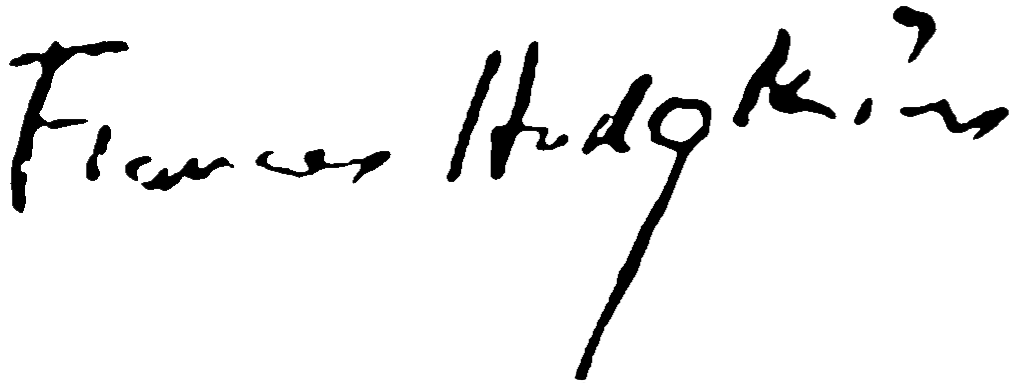-
Frances Hodgkins
Two Wooden Figures in Sabrina's Garden c.1932
Pencil on paper, 43 x 28 cm
Unsigned
In the summer of 1932, Frances Hodgkins and fellow artist Hannah Ritchie set out on a sketching holiday to Norfolk. After finding the landscape flat and uninspiring, the pair instead decided to seek inspiration in the West Country on the banks of the river Severn in Bridgenorth, Shropshire.
Hodgkins wrote at the time to her friend Dorothy Selby:
This place is a complete wash out – Won’t do in any way – from our point of view – Hannah admits she has made a mistake … depressing waste of mud flats on all sides - & flat flat landscape – a lifeless outlook. We have jogged round for 2 days & have decided against staying – she halfheartedly & I very empathetically – and are leaving Tuesday morning for Bridgenorth my old love … I am tingling with impatience to get settled - & at work.
Two Wooden Figures in Sabrina’s Garden is a pencil study completed by Hodgkins whilst in Bridgenorth. The sketch went on to inspire and inform the artist’s major oil Sabrina’s Garden painted circa 1934 – currently held in the collection of the Bristol City Art Gallery. The two female figures however make their first appearance in the watercolour Pleasure Garden, 1932, which features many of the elements – sunflowers, canvas awnings, a table and chairs – present in Sabrina’s Garden. ‘Sabrina’ was the Roman name for river Severn, whose sunny banks inspired this series of work.
Two Wooden Figures is an excellent example of the artist’s refining of ideas. As exemplified by Pleasure Garden, and later by Sabrina’s Garden, the works completed over the course of the summer of 1932 saw Hodgkins move away from her earlier Impressionistic style to embrace a freer more abstract approach with a focus on colour harmonies and essential yet expressive lines.
Whilst her work was critically acclaimed in England and Europe, Hodgkins’ shift towards an unconventional and abstract style caused an enormous amount of controversy back in New Zealand. In 1948 members of the Canterbury Society of Arts sought to purchase some paintings by the artist but upon receiving a selection from the British Council decided against buying any of them. Among them was the serene Pleasure Garden though the tranquillity of the painting seemed lost on a New Zealand audience who reacted with indifference or hostility. Pleasure Garden suddenly became one of the most famous paintings in the country as petitions were signed, letters written and debates had. Three years later in 1951 the new Christchurch council accepted the painting and it is now held in the collection of the Christchurch Art Gallery
Unaware of the controversy that would follow, Hodgkins stated in a letter to Peter Watson of ‘Horizon’ on 14 November 1941 that:
The original painting of Sabrina’s Garden with its two wooden figures is, incidentally, my favourite of that vintage 1930-40.
_
Written by Natalia Deyr
Reference
Frances Hodgkins Database FH1011
(completefranceshodgkins.com)
Provenance
John Piper (Executor of Frances Hodgkins' will)
Professor Peter Millard, Saskatoon, Canada
Exhibited
Wellington, N.Z. Frances Hodgkins: Works from Private Collections. August 1989
Auckland, N.Z. Jonathan Grant Gallery, Frances Hodgkins: A Singular Artist. July 2016
Illustrated
Frances Hodgkins: Works from Private Collections (Catalogue), August 1989. No. 29
